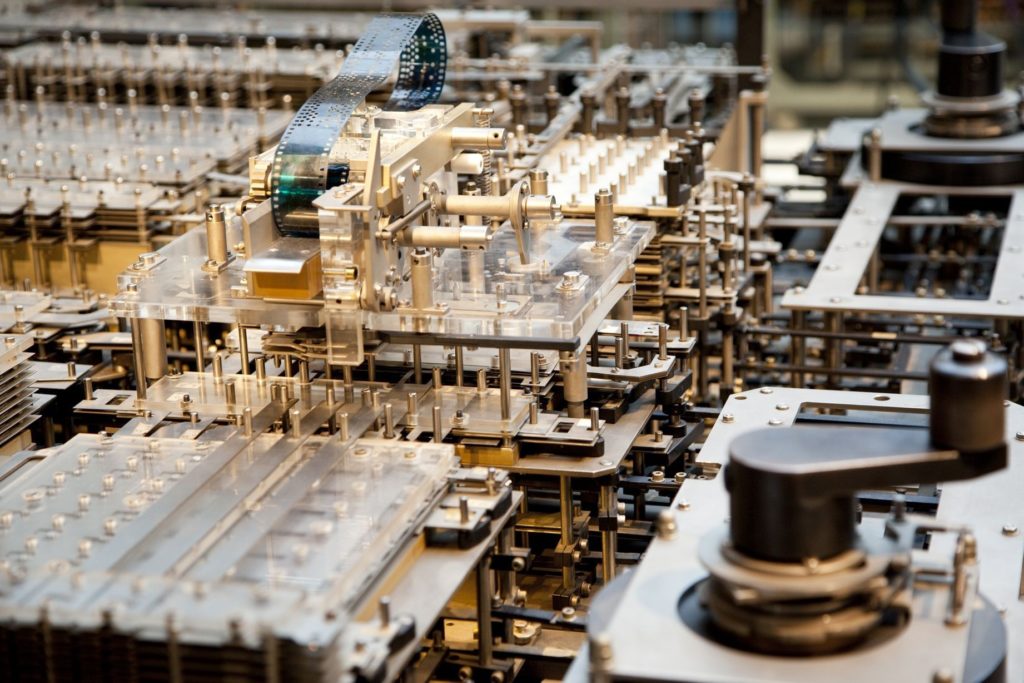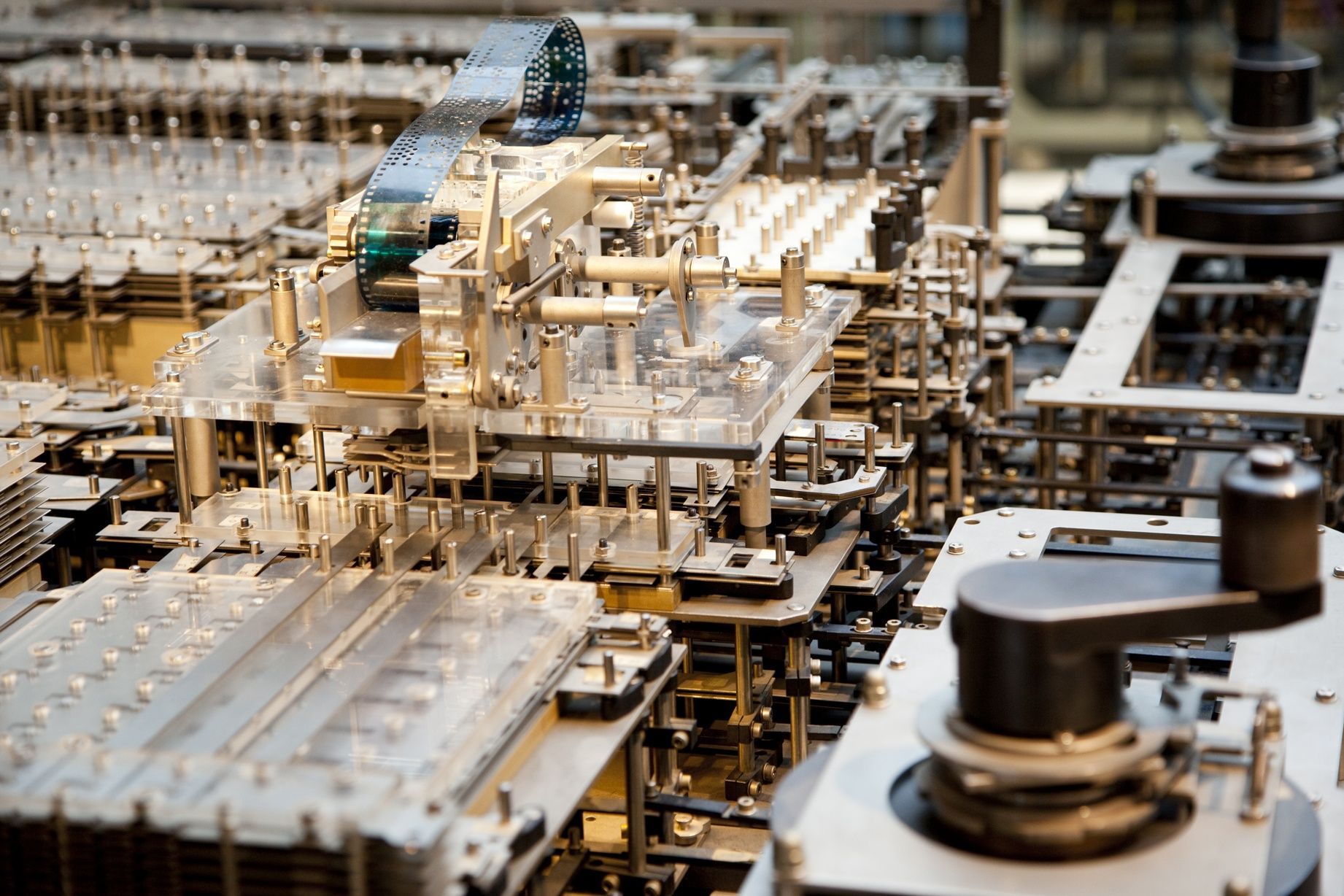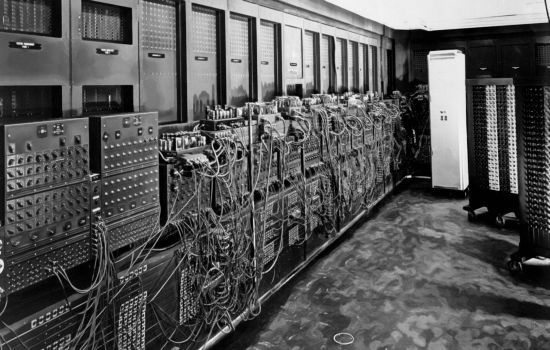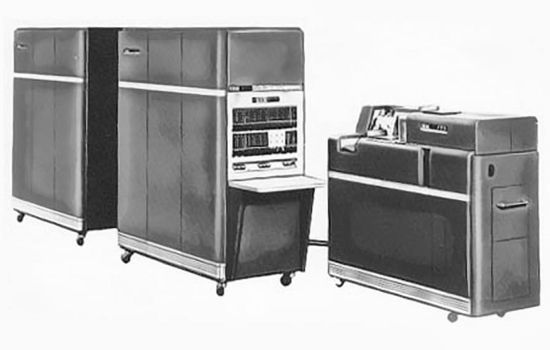C:\Games\DarkAges\Main_Computers



Z1 – Z4 (Konrad Zuse)
The first „real“ computer

Anyone who has studied computers a little more closely has probably heard of Konrad Zuse at some point. He was a German civil engineer, inventor and entrepreneur (Zuse AG) is considered the inventor of the first working computer, which he named Z3. Zuse is considered the father of the calculator, which was fully automatic, program-controlled and freely programmable, and could perform binary floating-point calculations to boot. Zuse then completed the Z1 in 1938.
The Z1 could add, subtract, multiply, divide, square root, and convert numbers from decimal to dual and from dual to decimal. The display format of the numbers was semi-logarithmic. Unlike other calculators of the time, Zuse’s calculator already used the dual system rather than the decimal system. His calculator had an input/output unit, an arithmetic unit, a memory unit and a program unit that read programs from perforated cinema film strips. However, the Z1 was not very reliable due to manufacturing inaccuracies, as mechanical switching mechanisms often jammed. While Zuse was still working on the Z1, he transferred the error-prone mechanical circuits to electromagnetic relay technology, which he then tested on his Z2 computer, which he completed in 1939.
Zuse presented the Z2 a year later to the Deutsche Versuchsanstalt für Luftfahrt in Berlin, where the technical director was so enthusiastic that he agreed to fund development for the Z3.
The Z3 was completed in 1941 and demonstrated to representatives of the Deutsche Versuchsanstalt für Luftfahrt. The computer was fully automatic with binary floating point units, memory and a central unit for telephone relays. Thus, the Z3 is considered the first functional computer in human history. Calculations could be programmed with it, but conditional jumps and program loops were not possible. The computer was thus apparently not Turing-powerful. However, it was never developed and used in this sense. Only later, in 1998, it was proven that with a trick, like gluing the perforated strip to each other to form a loop, the Z3 could also perform this task. Thus, the Z3 is finally considered to be the first machine that was Turing-capable. The Analytical Engine of Charles Babbage would have been, too, but it was never built. Unfortunately, the Z3 was never really used in practice for important things. In 1943, the machine was destroyed in a bombing raid during World War II.
Zuse then developed the Z4, which was later leased to the University of Zurich. This made the Z4 the first computer in commercial use. It was also the only fully functional computer in Europe. Konrad Zuse used the computer as the basis for building his new company (Zuse KG). In 1956, Zuse began mass production of the Z11.
Atanasoff_Berry computer (1941)
While Zuse was working on his calculator in Germany, John V. Atanasoff, son of a Bulgarian immigrant, was tinkering with a then-unnamed machine that was also based on the binary number system. The device was intended to be used to solve systems of linear equations. These are often multiple equations with as many unknowns. The designed tube computer was capable of processing 29 linear equations simultaneously. It was thus also the first electronic digital computer.
The computer had several cylinders, one with 1600 capacitors, in which 30 dual numbers with the length of 50 bits could be stored. Writing, updating and reading of data, as well as addition and subtraction were controlled by 311electron tubes. Another cylinder converted decimal numbers to dual numbers. Numbers were entered with punched cards and stored with an electrically punched paper. However, the calculating machine was not a computer in the modern sense, and thus Turing-powerful, because it was not freely programmable and had to be operated by hand.
After its completion in 1942, the inventor had to leave the university due to missions in the World War, which meant that the calculating machine was also forgotten for a decade.

Table of contents
| YR | NAME | INVENTOR |
|---|---|---|
| — | Introduction |  |
| 1938 | Z1 – Z4 |  |
| 1941 | Atanasoff Berry Computer |  |
| 1943 | Harvard Mark I |  |
| 1943 | Colossus |  |
| 1945 | Whirlwind |  |
| 1946 | ENIAC |  |
| 1950 | IBM 650 |  |
| 1951 | UNIVAC |  |
| 1954 | TRADIC |  |
| 1960 | PDP-1 |  |

